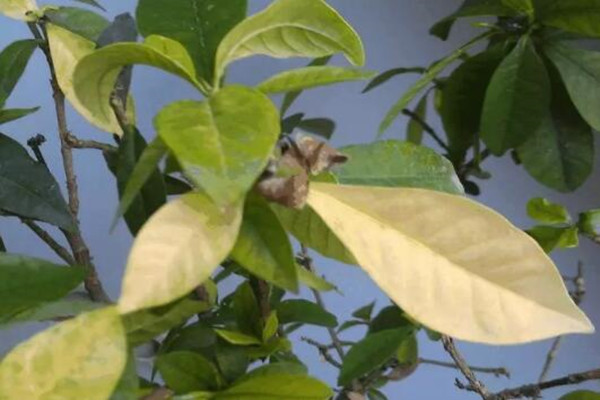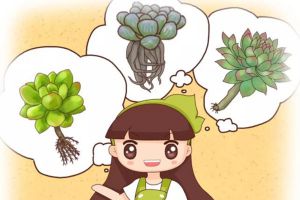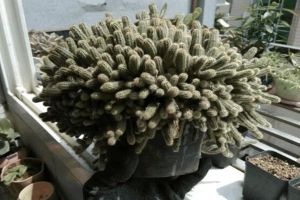Flower cultivation of 12 common diseases, a move to save, do not quickly collect!

Leaf shedding
1. Curl, shedding
The reason for the curling and shedding of the leaves may be due to the low temperature or the high temperature in summer.
Huahua is advised not to water from the top of the leaves. If the temperature changes too much, you can put the flowers indoors.
two。 Fall off suddenly
When the leaves wilt and fall off without fading, it is often a sudden attack on the plant, such as man-made damage, a sudden change in temperature, a sudden attack by cold wind, or a dry soil. Woody plants are more likely to lose leaves than herbs.
3. Leaf yellowing and shedding
If there are a large number of leaves yellowing and falling off, it means that you have watered too much. Of course, it is very normal for one or two old leaves to fall off once in a while. Flower friends don't have to worry.
4. The bottom blade dries off.
When the bottom leaves fall off, in addition to the damage caused by high temperature, another possibility is that the soil is too dry and it is time to sunshine and water the plants.
Abnormal blade
1. There are spots or patches on the leaves
If the spots on the leaves wrinkle and turn brown, it is very likely that the plant is short of water. If the spot softens to a dark brown color, it may be caused by chemical damage, sunburn, or by diseases and insects. If the spot is a little wet, it is caused by the disease.
Huahua suggests that you'd better water the plants on a sunny and warm morning. if it is a burn, move the plants to a ventilated shade and remove the spotted leaves.
Leaves infected with leaf spot disease must be reduced and cleaned up to avoid infecting healthy leaves.
two。 The top leaves are small and yellow, and brown spots appear in severe cases.
This problem is generally caused by the fact that plants do not adapt to soil composition, such as plants that like acid soil and plants that are sensitive to calcium are not adapted to the hard water in the north.
It is recommended to supplement fertilizers, especially phosphate fertilizer and trace elements as well as ferrous sulfate.
3. Leaf tip and leaf margin turn brown
Once this phenomenon occurs in your own green plant, be sure to distinguish between the characteristics, if only the leaf tip turns brown, it may be caused by hot air.
If the edges of the leaves turn brown, there are more reasons, too much watering, too little light, too high and too low temperature. All may cause the edges of the leaves to turn yellow and brown.
4. The leaf is small, the color is light and the stem is slender.
If the green plant occurs during the growing period, it may be due to lack of fertilizer, insufficient light or too much watering.
Huahua suggests taking the green plants outside so that they can absorb a little more sunlight.
5. The leaves are wilting and lifeless.
If the light is too strong, the green leaves will generally be withered by the sun. If it is a big-leaf green plant, it may also be because the dust on the leaves affects the vitality of the plant, so the plant should remember to wash it often.
Other questions
1. Plant growth is slow.
If the plant grows more and more slowly, or even no longer, maybe its roots have filled the flowerpot, and the plant has no extra room to grow. In addition, winter is generally the dormant period of many plants, the growth is relatively slow.
two。 Stem and leaf rot
When there is too much watering in winter, or when there is stagnant water on the leaves at night, the stems and leaves are easy to rot. A more serious situation is that it is possible to get stem rot and soft rot.
3. White alkali appears on the side of the tile basin.
If white alkali appears outside the flower pot of a flower friend, it means that the plant is fertilized too much or has been watered with hard water. Flowers are advised to remove chlorine for a few days before watering, and remember to loosen the soil frequently.
- Prev

Rotten root succulent man orchid, casually threw into the water, unexpectedly grew crazy!
Summer is almost over. I wonder if your succulent and magnanimous orchid are all right. If your flowers are black and rotten, don't give up. Huahua teaches you a trick to save dying flowers!
- Next

There are caterpillars growing in her flowerpot, pinch the roots and branches, and fill the vat in a month!
A friend of Huahua raised potted flowers. When I went to his house, I was startled when I saw it for the first time. Why does this flower look like a caterpillar? Later, when I grew more flowers, I knew that this was one of the cactus, called white sandalwood! Today, Huahua will tell you what the white sandalwood looks like and how to raise it.
Related
- What if the leaves of potted flowers turn yellow?
- Florescence Control of several Flowers
- Anti-freezing technology and post-freezing nursing technology of flowers
- What is the classification of flowers? What are the common methods of flower classification?
- Prevention and control of alkali and acid damage of flowers in courtyard
- Technology of Anti-freezing and restoring growth of Flower seedlings in greenhouse and greenhouse
- How does flower fertilization not hurt the root? Fertilization technology of flowers
- Key points of disinfection in flower greenhouse
- Several pesticides that are banned or used cautiously in flowers
- How to fertilize the flowers that watch the leaves?

